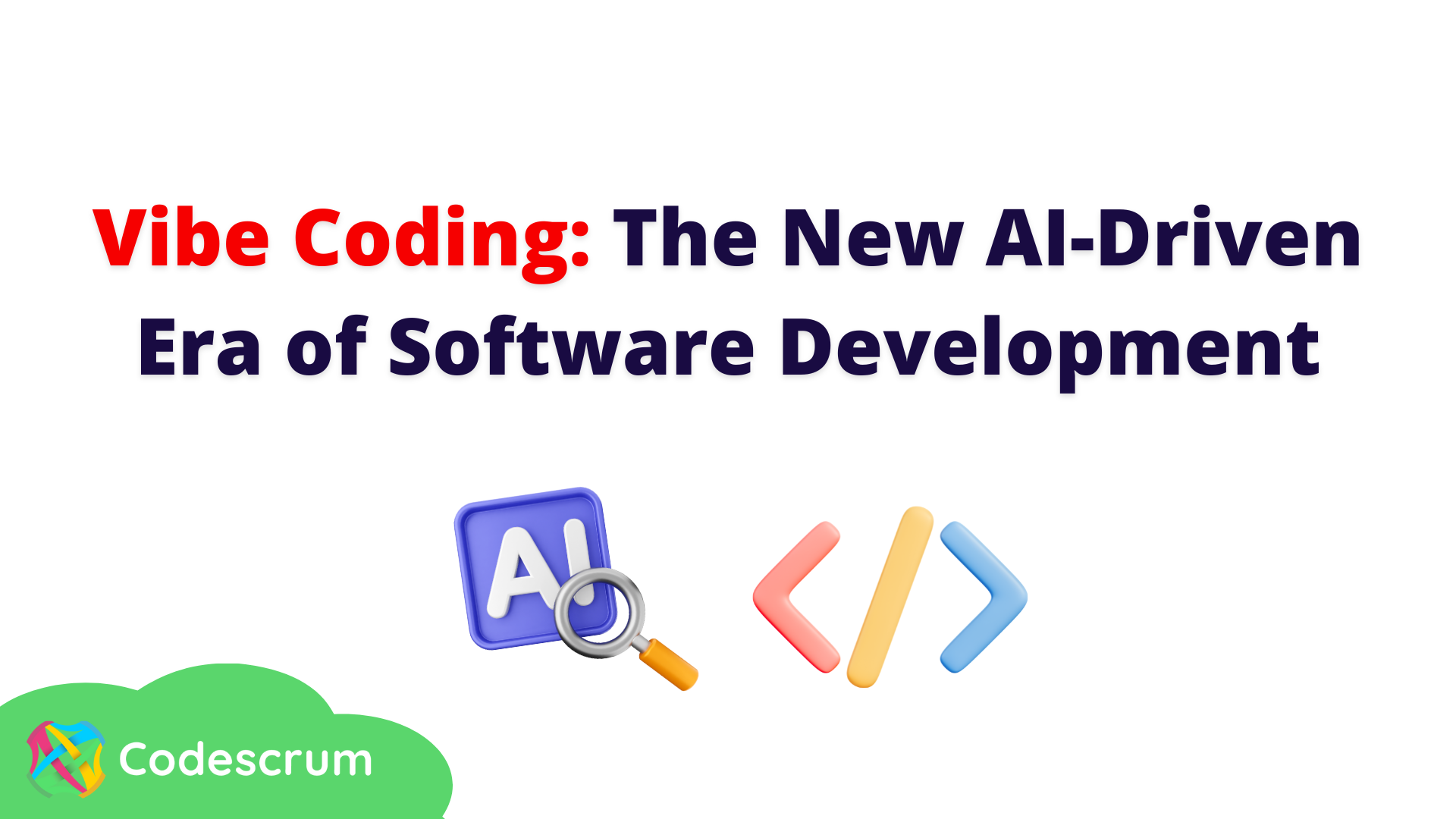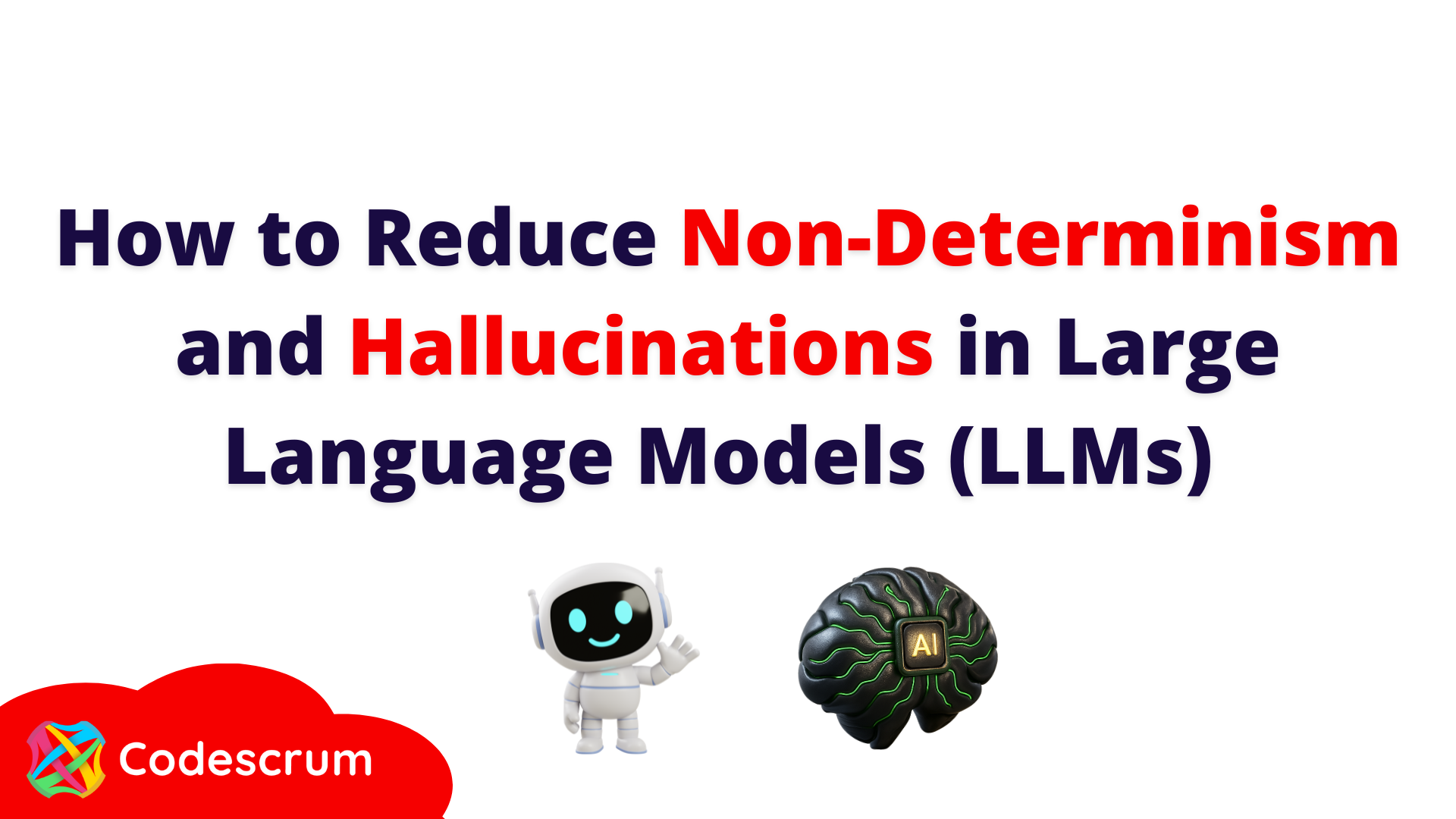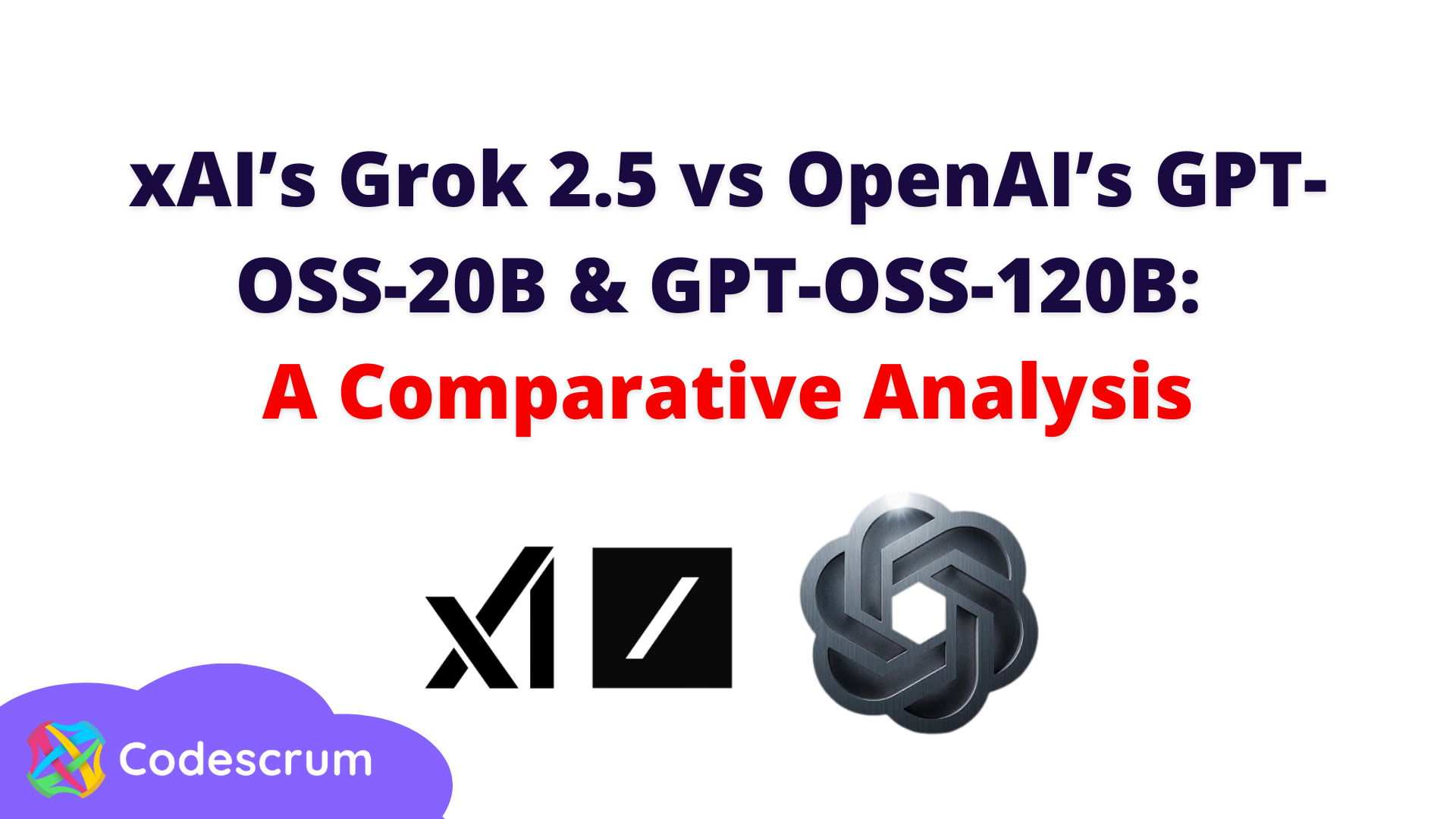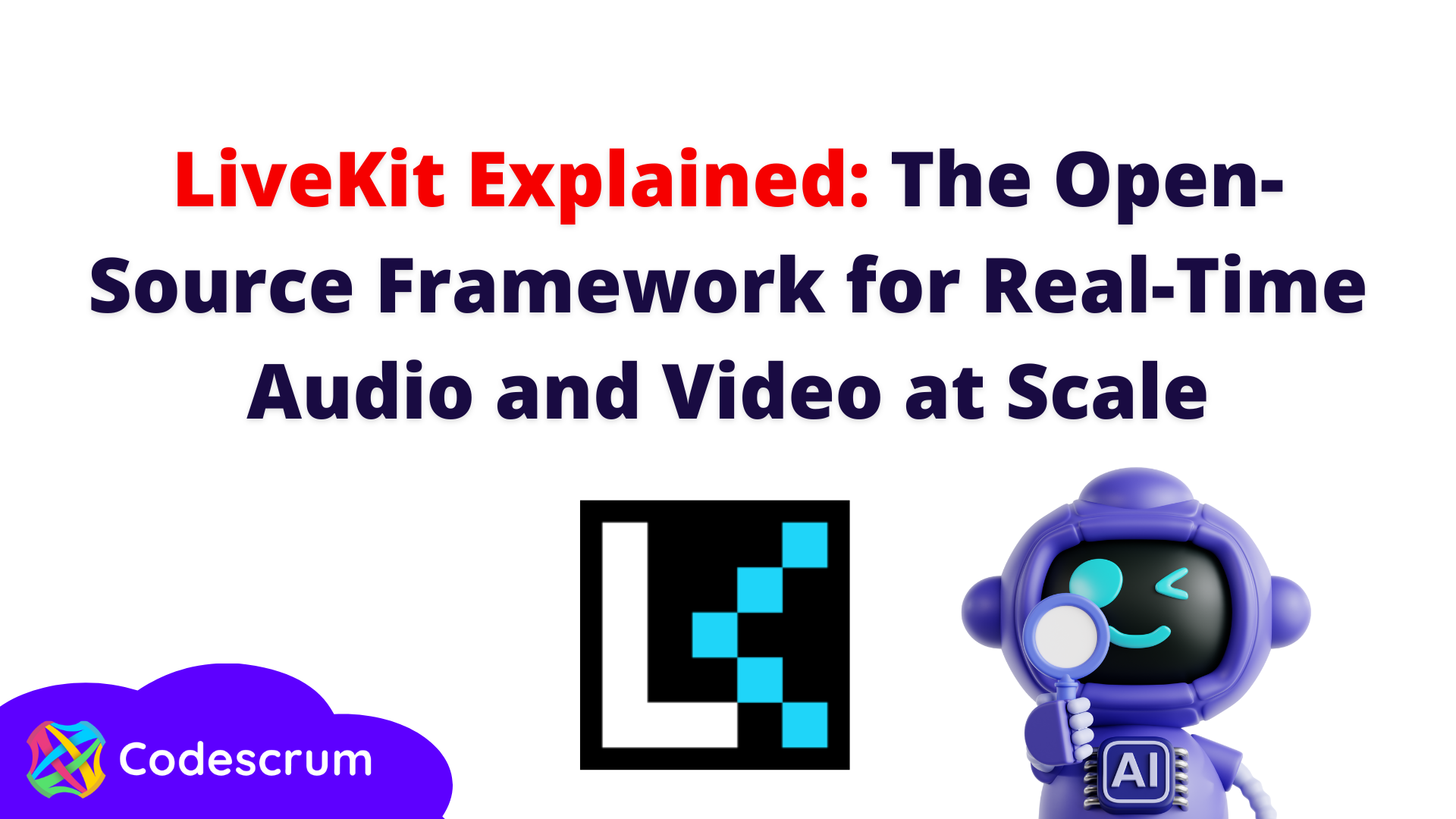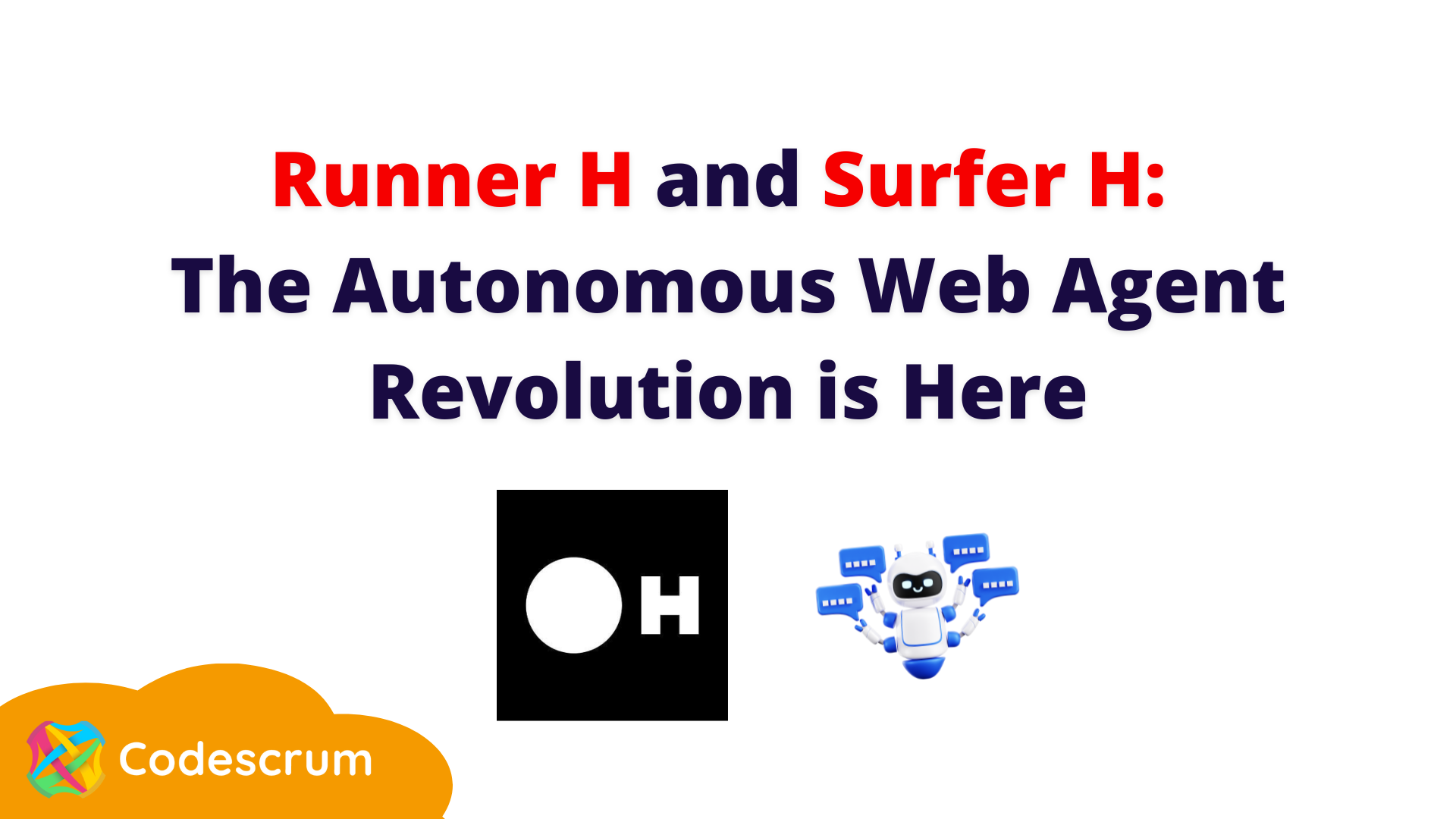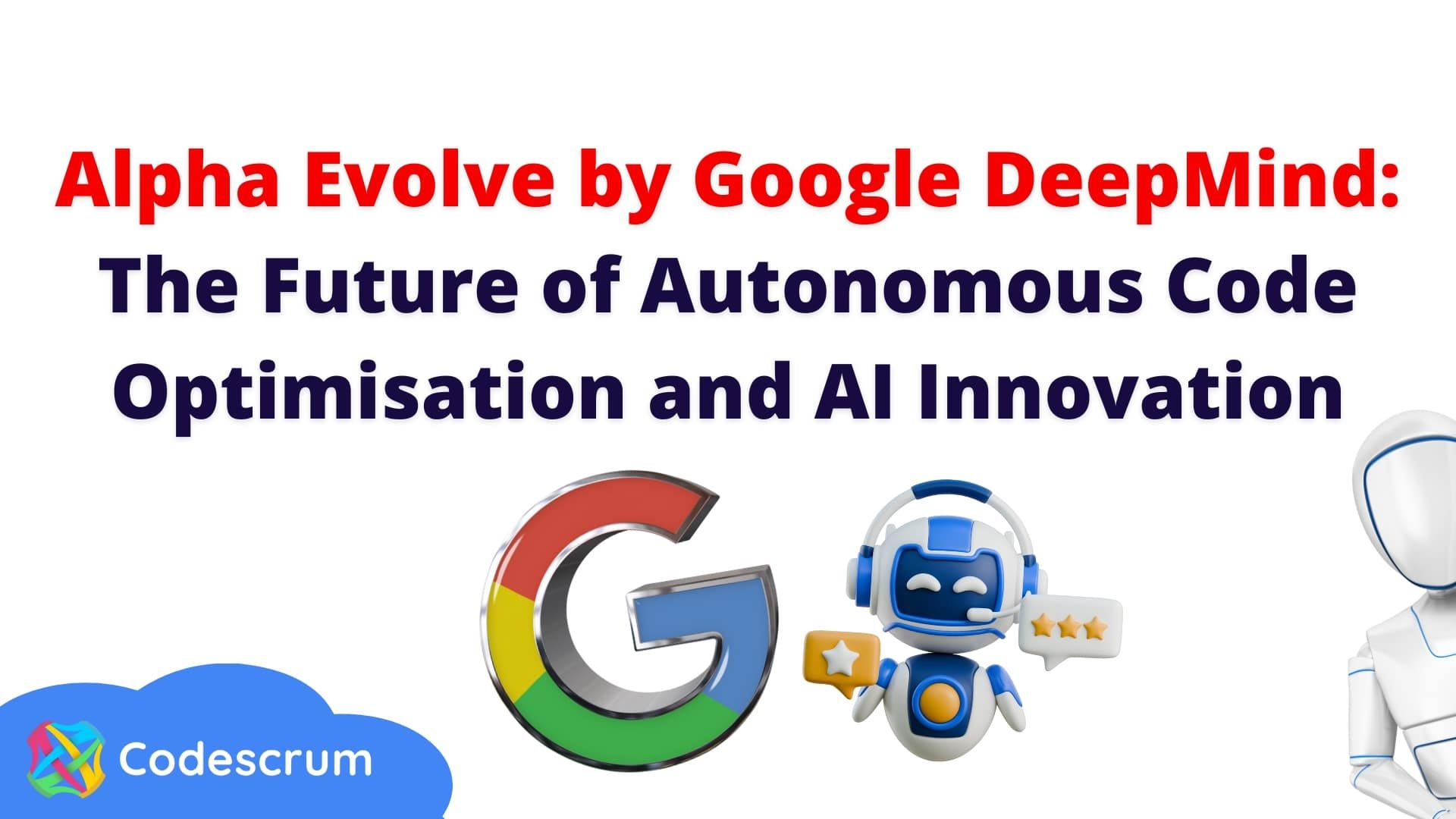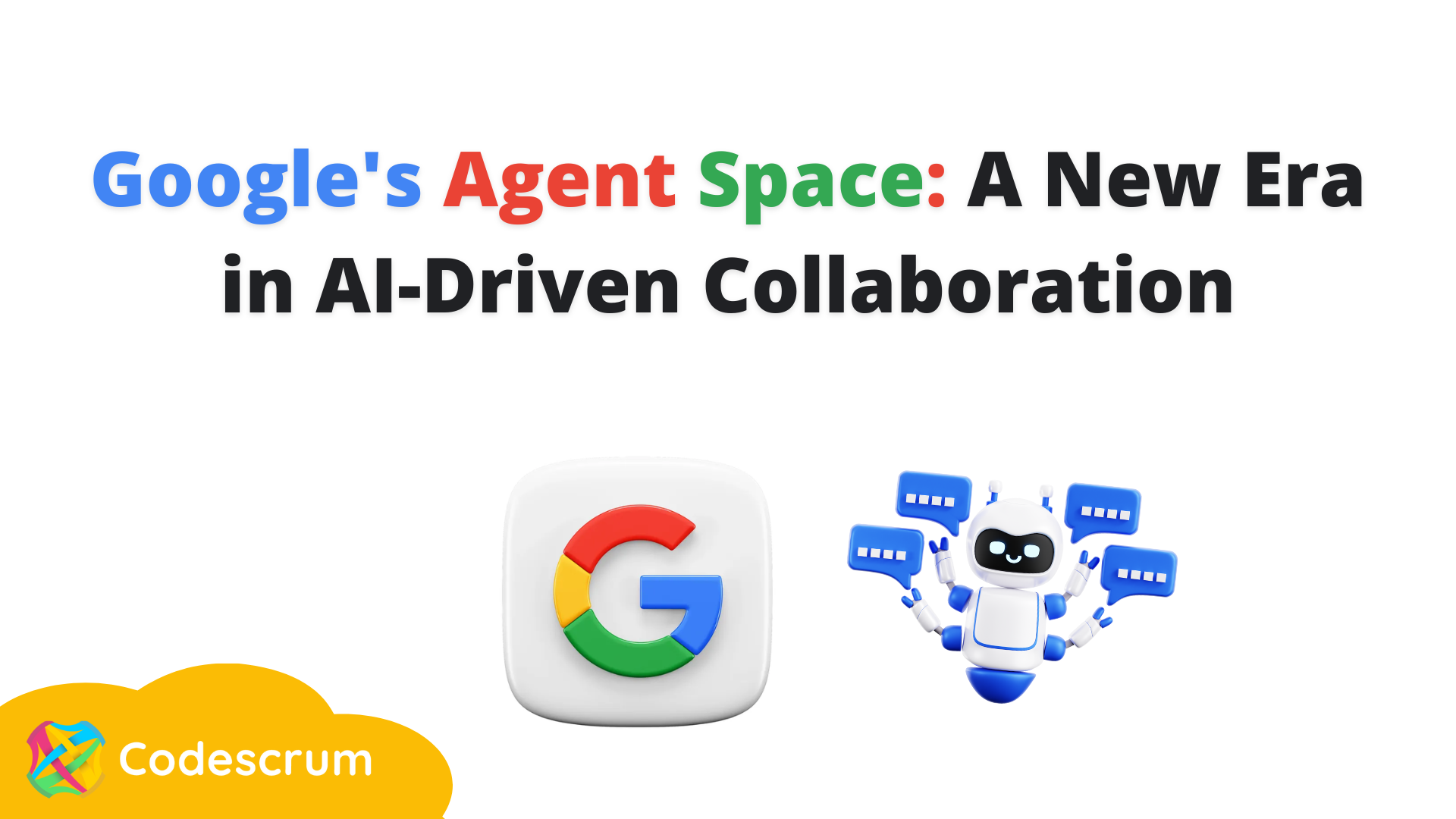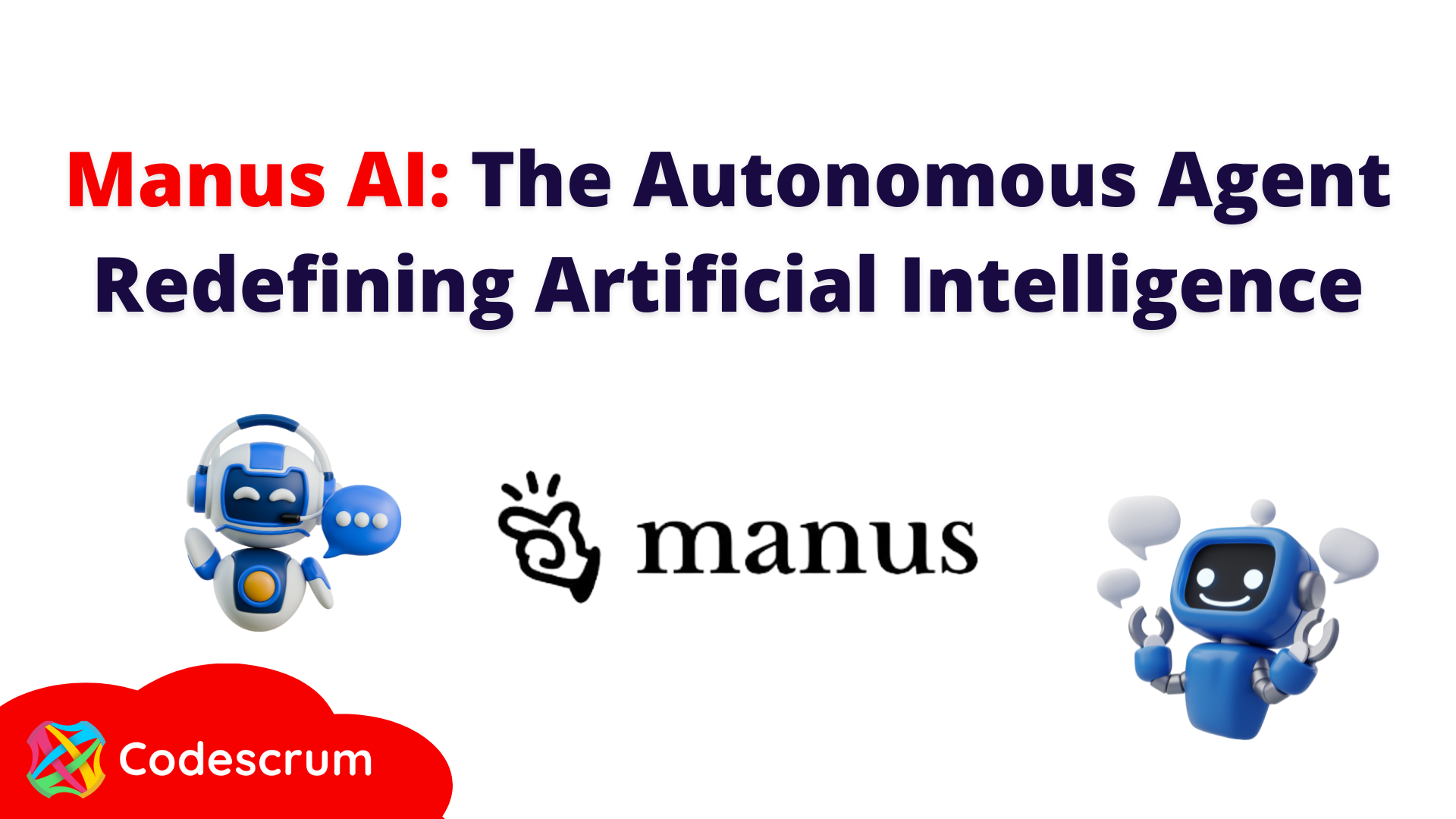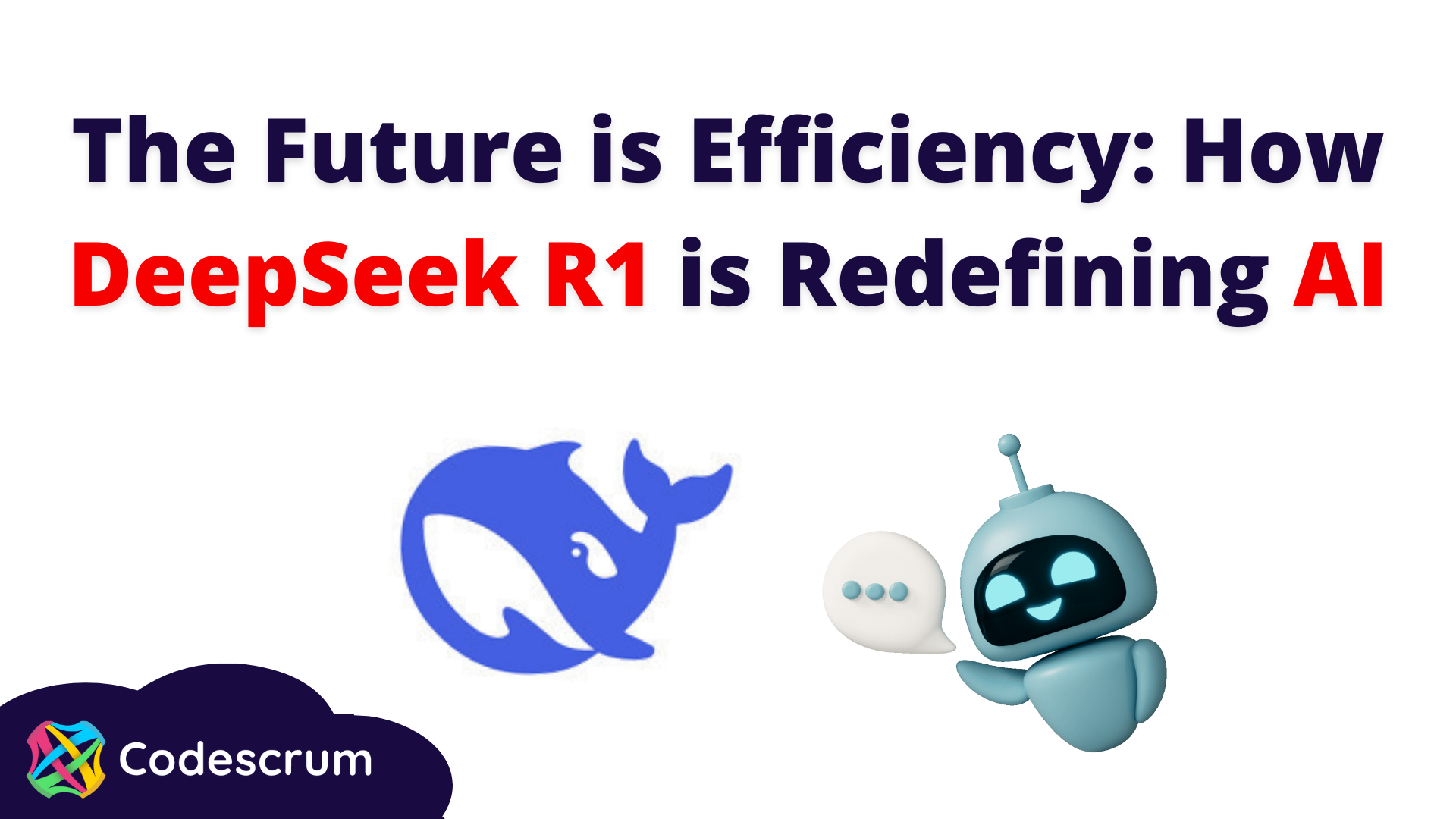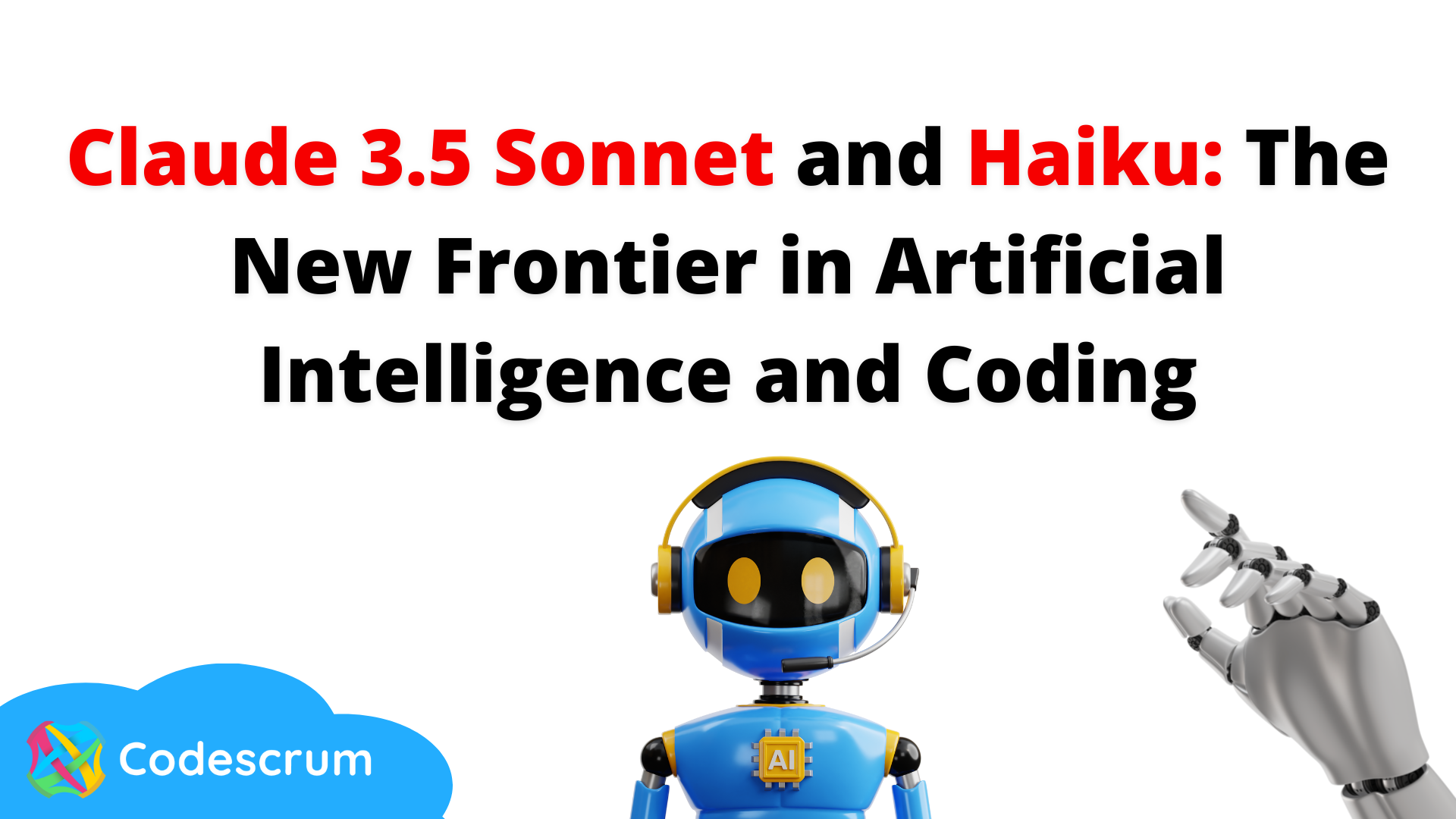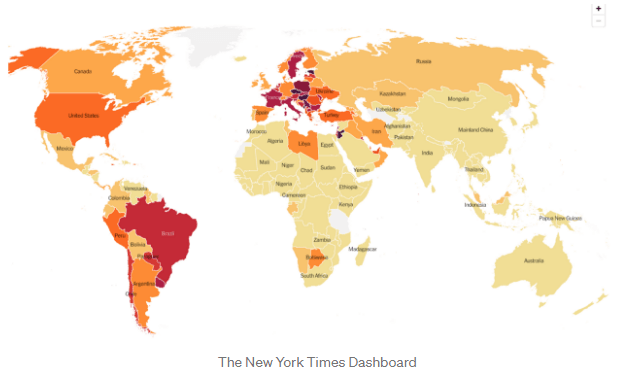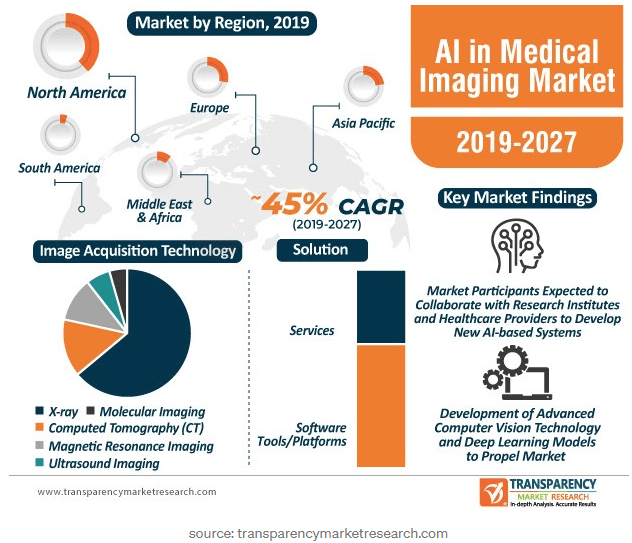What Can We Expect from Digital Healthcare in 2021?
What Can We Expect from Digital Healthcare in 2021?
Even though the world is preparing to vaccinate citizens in the shortest possible time, COVID-19 has wreaked havoc on all aspects of people’s lives.
The pandemic has become an unprecedented disruption to all facets of the healthcare industry in a very short amount of time. Although the healthcare technology industry has grown slowly in the past, innovation is needed to deal with the pandemic. Artificial Intelligence (AI) in healthcare, as well as other important technologies, are critical to resolving the crisis and for generating future growth.
The digital healthcare market is booming. In its 2019 report, Acumen anticipates that the market will reach a whopping $511 billion by the year 2026. Hence, it’s not an exaggeration to say that the future for digital medicine and remote healthcare looks bright.
So what’s next for digital healthcare in 2021?
Telehealth
From large health systems to solo practices, many providers jumped on the telehealth bandwagon in early 2020 to address the pandemic and shift from in-person care to virtual care. They were helped by federal and state emergency measures aimed at easing access to telehealth and improving coverage so that they’d be paid for using the technology.
The healthcare system turned to digital tools to predict the spread of disease, analyze massive amounts of data, and diagnose and treat patients remotely. Virtual medicine and telehealth have provided a way to ensure physical distance and prevent the spread of infection among healthcare workers and patients.
Artificial Intelligence Against COVID-19
AI plays a critical role in the fight against COVID-19, including areas like pandemic detection, vaccine development, facial recognition with masks, and analyzing CT scans.
There are six areas where AI can contribute to the fight against COVID-19, according to IZA — Institute of Labor Economics
- Early warnings and alerts
- Tracking and prediction
- Data dashboards
- Diagnosis and prognosis
- Treatments and cures
- Social control.
Let’s check out some of the areas.
Early Warnings and Alerts
The case of the Canadian-based AI model, BlueDot, has already become legendary. It illustrates that a relatively low-cost AI tool can out-predict humans in spotting outbreaks of infectious diseases. BlueDot predicted the outbreak of the infection at the end of 2019, issuing a warning to its clients on the 31st of December 2019, before the World Health Organization did so on the 9th of January 2020.
Tracking and Prediction
AI can be used to track (including nowcasting) and to predict how the COVID-19 disease will spread over time and over space. For instance, following the 2015 Zika virus pandemic, a dynamic neural network was developed to predict its spread. Models such as these will, however, need to be retrained using data from the COVID-19 pandemic. This seems to be happening now. At Carnegie Mellon University, algorithms trained to predict seasonal flu are now being retrained, and various initiatives are underway to collect training data regarding the current pandemic, as I discuss below.
Data dashboards
The tracking and forecasting of COVID-19 have led to the creation of data dashboards for the visualization of the actual and expected spread. MIT Technology Review has produced a ranking of these tracking and forecasting dashboards. At the top of these rankings are UpCode, NextStrain, the Johns Hopkins’ CSSE, Thebaselab, the BBC, The New York Times, and HealthMap. Other notable dashboards include Microsoft Bing’s COVID-19 Tracker.
Treatments and Cures
Even long before the COVID-19 outbreak, AI was lauded for its potential to contribute to new drug discovery. A number of research labs and data centers have already indicated that they are recruiting AI to search for COVID-19 treatments, as well as a vaccine against COVID-19. The hope is that AI can accelerate the processes of discovering new drugs as well as the repurposing of existing drugs.
For example, Google’s DeepMind, a firm famous for its AlphaGo game-playing algorithm, has used AI to predict the structure of the proteins of the virus, information that could prove useful in the development of new drugs. However, as DeepMind makes clear on its website, “we emphasize that these structure predictions have not been experimentally verified… we can’t be certain of the accuracy of the structures we are providing”.
AR/VR/MR in Healthcare
Virtual and augmented reality are both important technologies with the great potential to enhance the quality of telehealth during the COVID-19 pandemic. From enhancing patient and provider visits to helping educate medical students in procedure simulations, this technology is turning science fiction into reality.
AR and VR technology is showing promise in helping stroke victims to overcome motor deficiencies. These patients need a robust environment to help them regain motor control. However, simulated environments can provide more flexibility than physical therapy is able to offer. These controlled simulations can be used to gather data that help therapists to tailor their patients’ care plans.
Maplewood Senior Living in Connecticut has utilized VR headsets to work with individuals who have conditions ranging from dementia to cognitive impairments. These provide access to activities and experiences that would otherwise be unavailable in their current environments and may allow patients to unlock memories and improve their emotional well-being.
The Internet of Medical Things (IoMT)
Various devices and mobile apps have played a critical role in tracking and preventing chronic illnesses for many patients and their doctors. By combining IoT development with telemedicine and telehealth technologies, a new Internet of Medical Things (IoMT) has emerged. This approach includes the use of a number of wearables, including ECG and EKG monitors. Many other common medical measurements can also be taken, such as patients’ skin temperature, glucose level, and blood pressure readings.
By 2025, the IoT industry will be worth $6.2 trillion. The healthcare industry has become so reliant on IoT technology in 2020 that 30% of that market share for IoT devices will come from healthcare.
The arrival of new delivery methods, such as the first smart pill approved in 2017 by the FDA, will give practitioners many interesting options that can provide care more effectively.
“There is no longer a separation of digital and nondigital. The future will be about full adoption of social, mobile, analytics and cloud, SMAC, and embracing new technologies to transform outcomes and ultimately change lives.” — Accenture
If you would like to talk about a digital healthcare project, we encourage you to set up a meeting with us and enjoy our Free consulting.
